Have you ever killed a houseplant and have no idea why? Do you wish you had a green thumb? In this post, we will share the best low maintenance indoor plants for your home. We’ll help you choose houseplants for low-light, indirect-light, and bright-light rooms in your home. Choosing the right plant for the right lighting conditions in your home is the most important step you can miss. Use this guide when choosing popular house plants for your home.
Related: How to Propagate Plants, Best Porch Plants, Air Plant Care
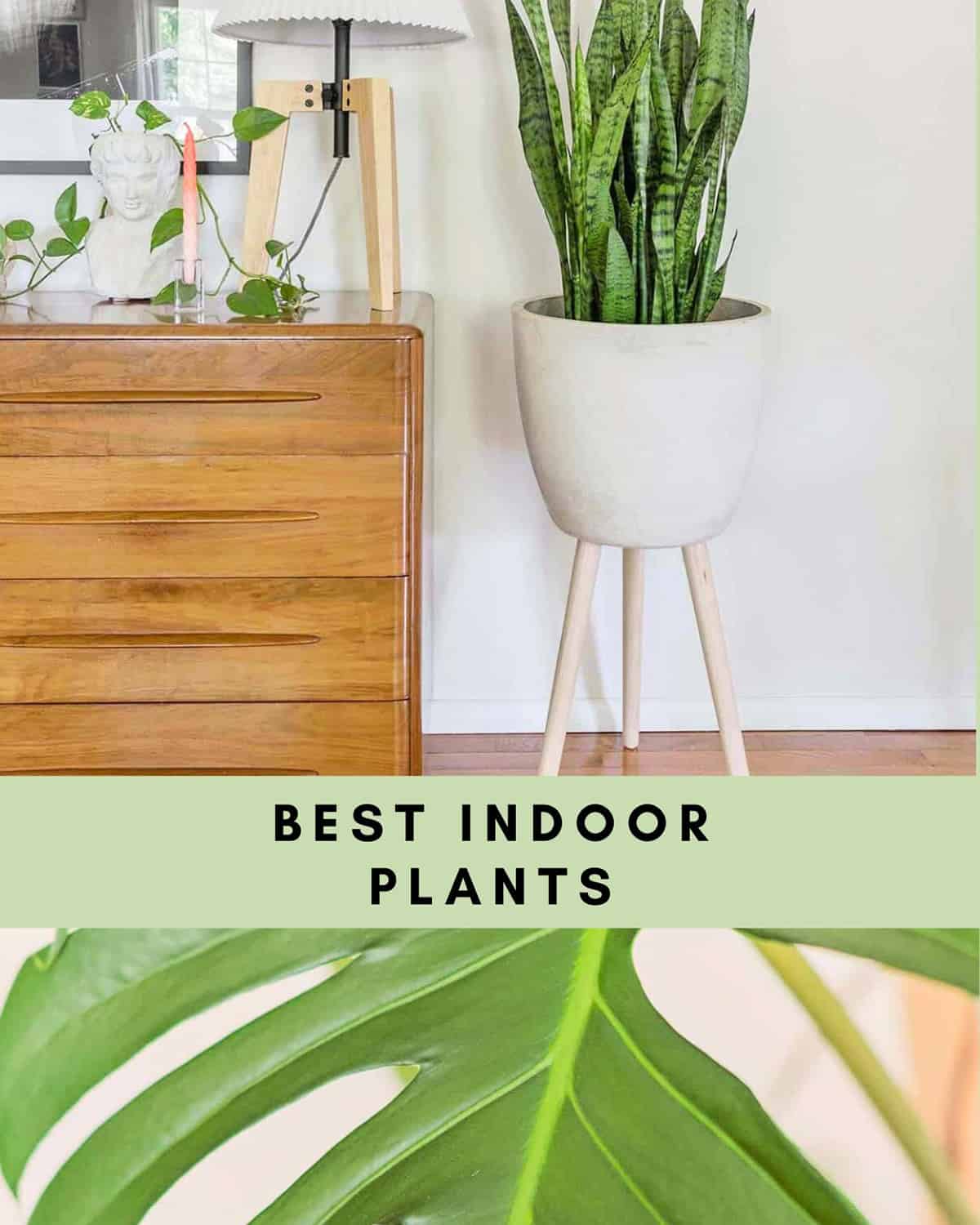
The Jade Plant
Jade plants are a popular variety of succulent houseplants. With proper care, these plants can live for 50 or 100 years. Jade likes to be in bright light for about 4-6 hours a day. Young jade plants should be in indirect light, but more mature plants can handle some direct sunlight.
Jade plants are said to bring good luck. Place your jade plant indoors in the southeast direction of your hall or living room to welcome the good fortune of wealth. Learn more about jade plant care.

Aloe vera plant
I love these plants because when I was a child my mother taught me to break off a piece and use it for sunburns and burns. They are easy to keep alive, beautiful and useful. Aloe plants enjoy long sunlight (at least six hours a day) and should be placed near a window where they can bask in the sun.
ZZ Plant (Zamioculcas zamiifolia or Gems of Zanzibar)
I like these. They are beautiful and extremely easy to care for. If you need something that is sharp and vertical for a specific space in your home, they are a good alternative to snake plants. These plants thrive in medium to bright indirect light for at least six hours each day.
Pilea (Chinese Mini Plant)
Yellow plants love light. They do best in bright, indirect sunlight. A window seat is a good choice for these plants. Learn how to care for a Chinese mini plant.
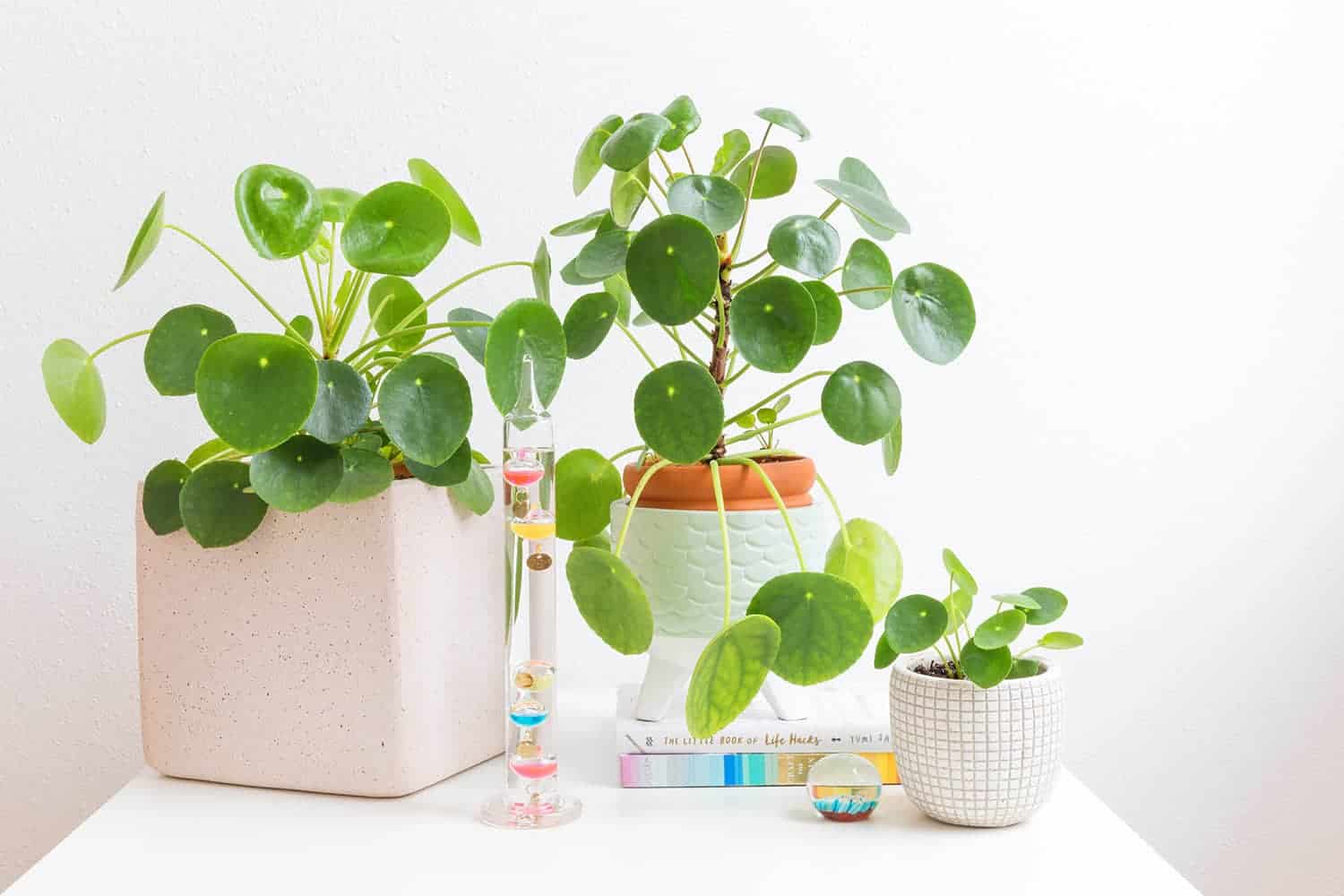
Boston Fern
This fern thrives in indirect sunlight. They don’t like direct sun, but they won’t grow in full shade either.
Golden Pothos (Devil’s Ivy)
This plant is extremely common and easy to find almost anywhere. They are beautiful and easy to keep alive! Golden pothos is an excellent choice for a first plant. Learn how to care for golden pothos.
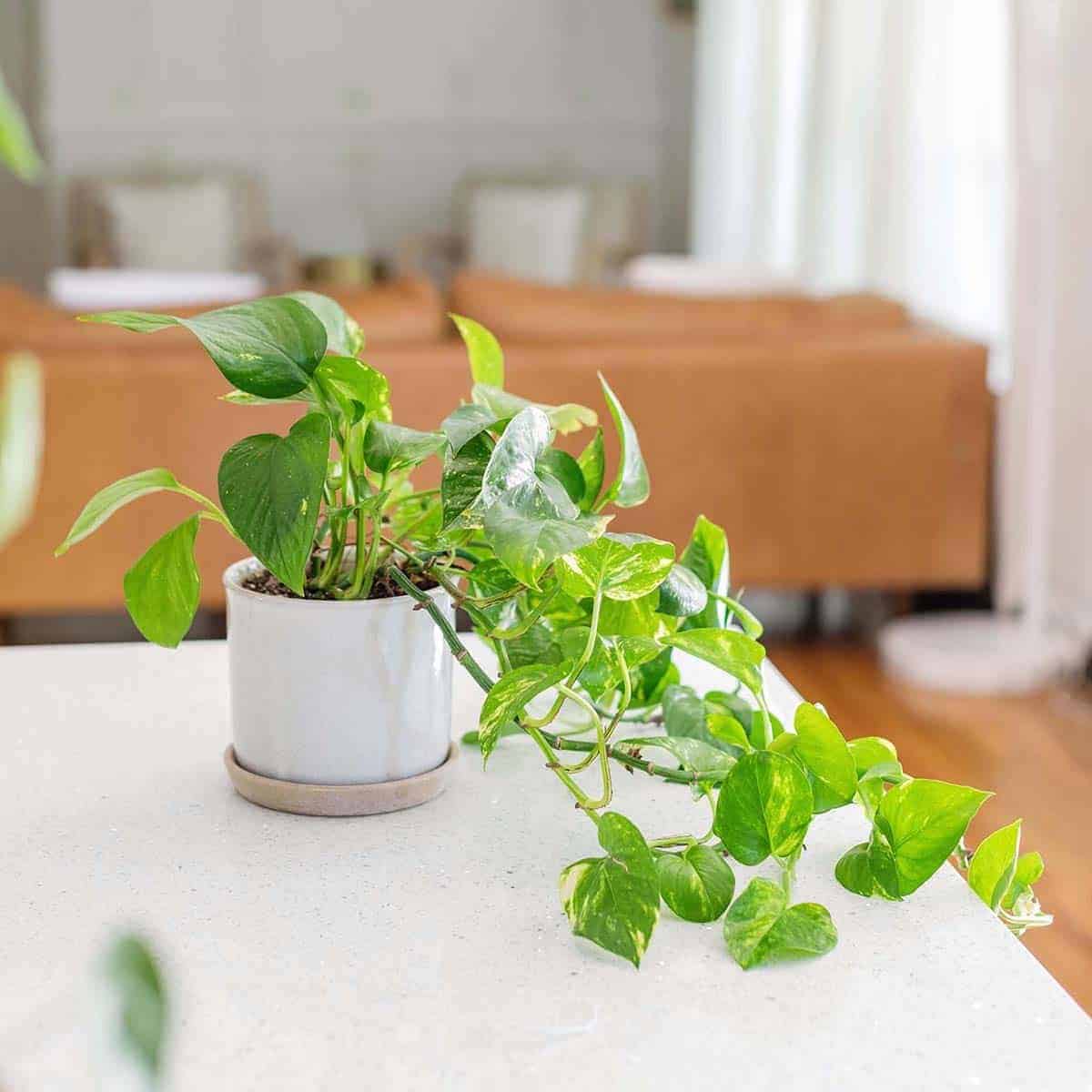
Elephant ear plant (Colossia)
Known for their heart-shaped leaves, these plants like at least six hours of full, indirect sun each day. Choose a pot that is at least 18 inches in diameter, or one gallon.
English ivy (Hedera helix)
English ivy is resilient and can thrive in most light conditions. His favorite is bright light. This plant loves moisture, so a daily misting is a great way to keep it thriving.
String of pearls
String of Pearls is one of my favorite plants for its beautiful appearance. It is a unique trailing succulent that looks like a string of peas. They enjoy a bright and sunny spot in the house. Learn how to care for a string of pearls.
Rubber plant
The rubber plant is a beautiful house plant that I am lucky enough to keep alive. A well-lit area of your home is essential to keeping this plant alive. The leaves of these plants need to be wiped once with a damp cloth. Learn how to care for a rubber tree.
Spathiphyllum
Peace lilies are easy to care for and bloom in early summer. Ideally, peace lilies enjoy bright indirect sunlight, and are a good plant to choose if you have a low-light spot as they do well in shade to partial shade. are How to Care for Peace Lilies
Monstera
This plant is very versatile in light requirements. Like the demon Roshan Indirectly Light They can adjust to medium light, but can be leggy in this environment. So, I put it in a room with large west facing windows. How to Care for a Monstera Plant
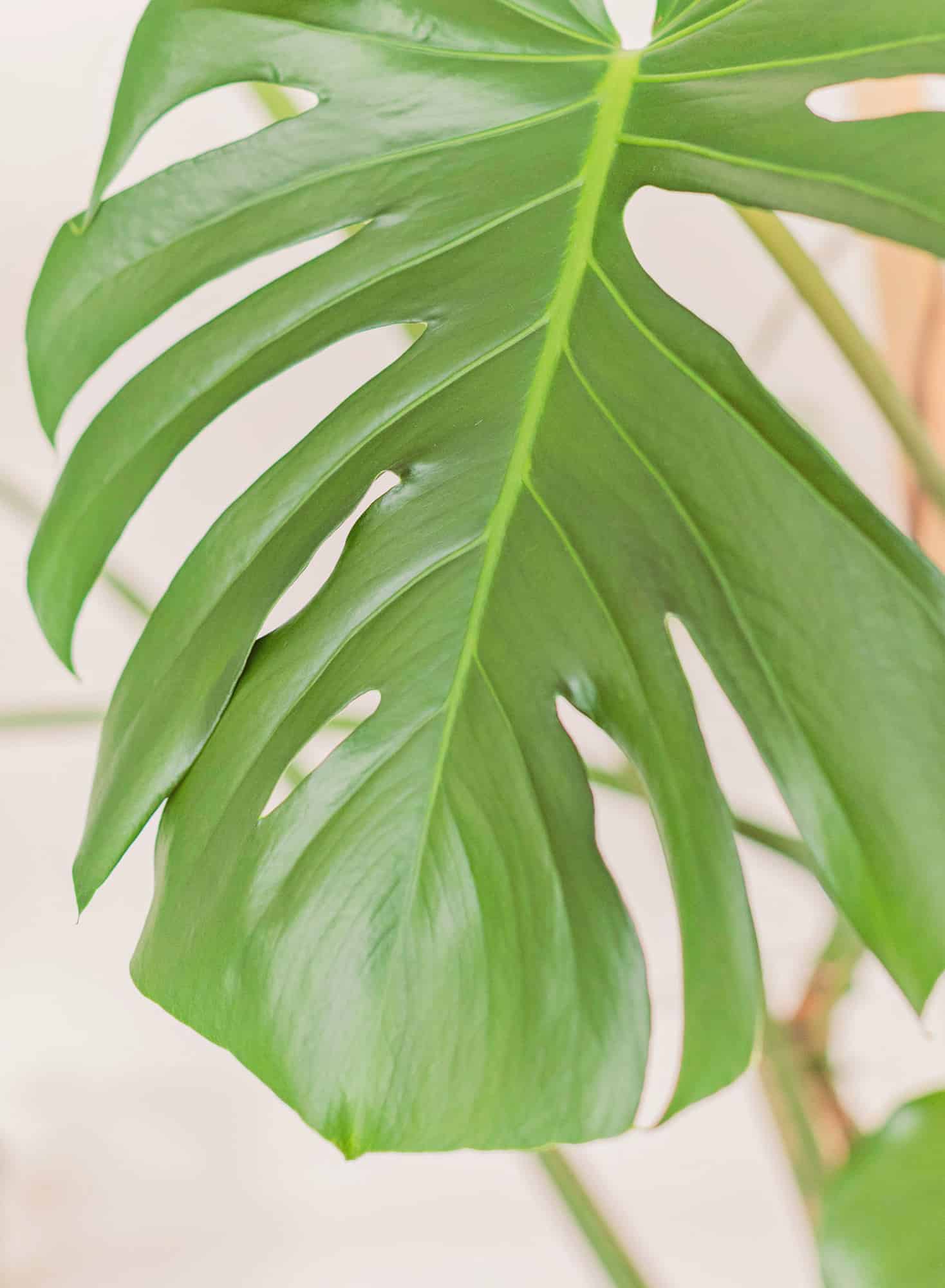
Fiddle Leaf Fig
If you find a shady spot, find a window with plenty of light. Make sure it’s bright, indirect light. Do not keep it in a corner away from sunlight. They are a type of ficus tree and are native to a tropical environment. How to Care for Fiddle Leaf Figs
Aglaonema (Chinese Evergreen)
Aglaonema plants are known for their hardiness and adaptability to different conditions. They are able to thrive in both bright light and low light conditions. These easy houseplants also adapt to low-light locations. They are a great choice for offices or rooms with little natural light.
Parlor Palm (Chamidoria elegans)
Parlor palms grow best indoors with bright, indirect sunlight. They can also thrive as low light plants. They also help purify the air in your home.
The snake plant
I love snake plants. I like the look of them and they will practically survive in the dark, but will also tolerate the sun. They adapt to almost any environment. Learn how to care for a snake plant.

Cacti
Cacti are easy to care for and make great indoor plants. They require less frequent watering than most plants and thrive in moderate to indirect sunlight. The growing season for cacti is from March to September, where they can grow rapidly. I often take my cacti outside during the summer and bring them back inside in the winter. It is best to let them get very dry between waterings.
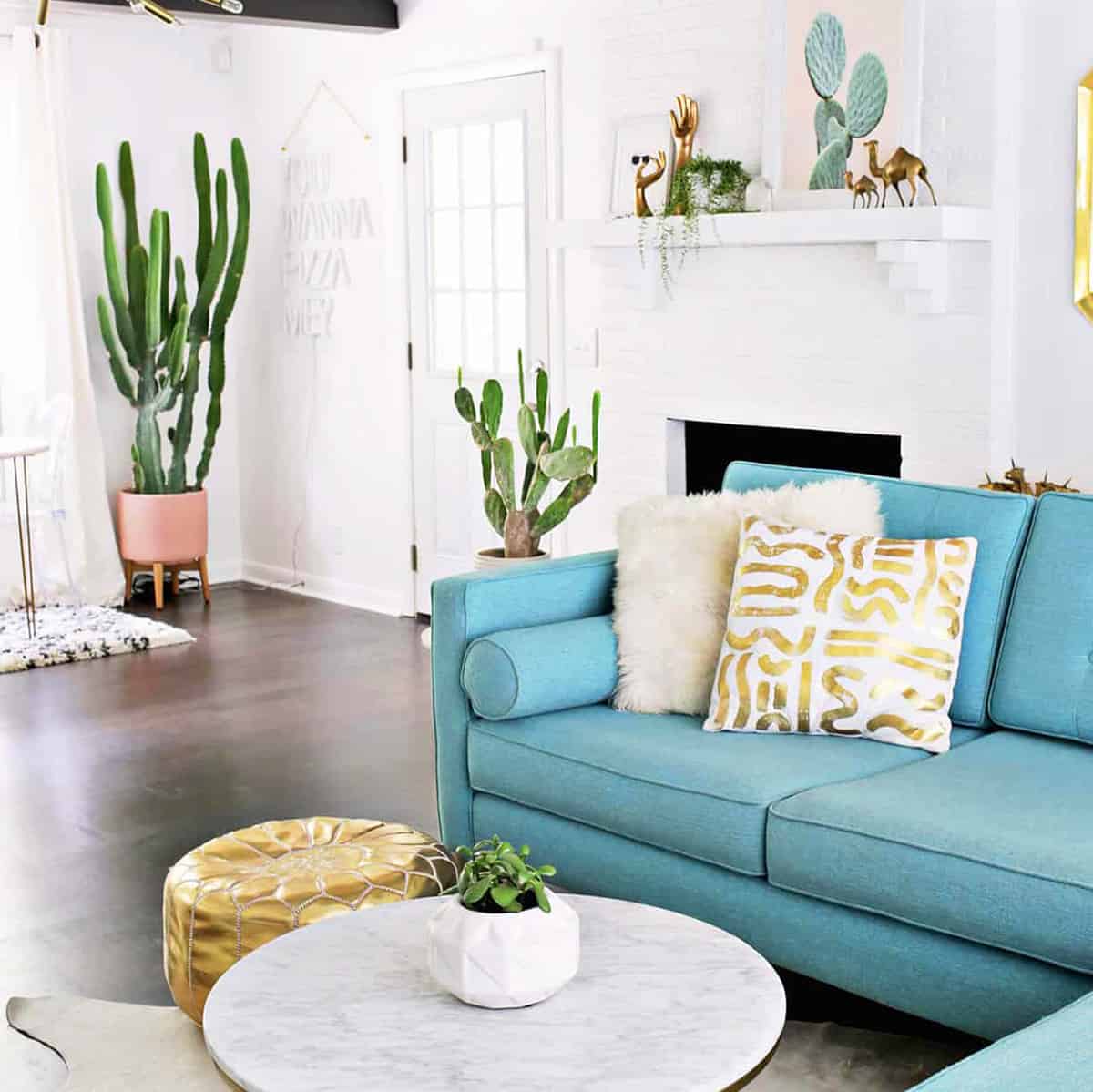
Spider plant (Chlorophytum comosome)
We love spider plants. If you are looking for a natural air purifier, you may want to get a spider plant. A recent study showed that spider plants removed 95 percent of the toxic formaldehyde from the air in a sealed Plexiglas container over a 24-hour period. The spider plant is one of the most popular house plants. How to Care for a Spider Plant
Calathea Plant (Prayer Plant)
Calathea plants are easy to care for and feature eye-catching patterns on their leaves. Calatheas prefer medium to bright indirect light. They can handle low light conditions well, but their color and pattern may not be as clear as in high light. How to Care for Calathea Plants
Cast iron plant
Cast iron plants are easy to care for and can thrive in low light. They work best in low or medium light and should avoid bright light.
If you have a favorite indoor plant, we’d love to hear all about it in the comments.


